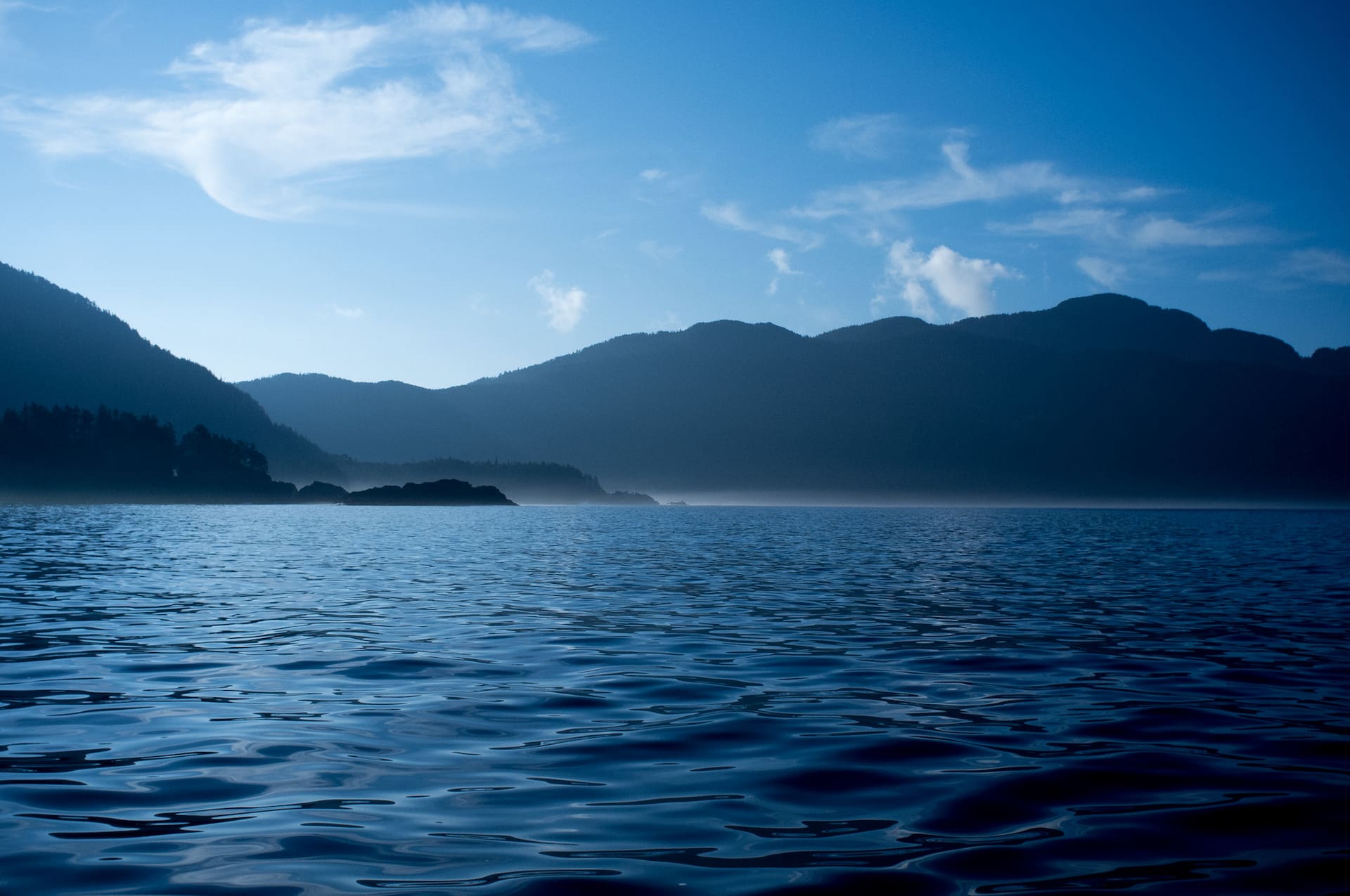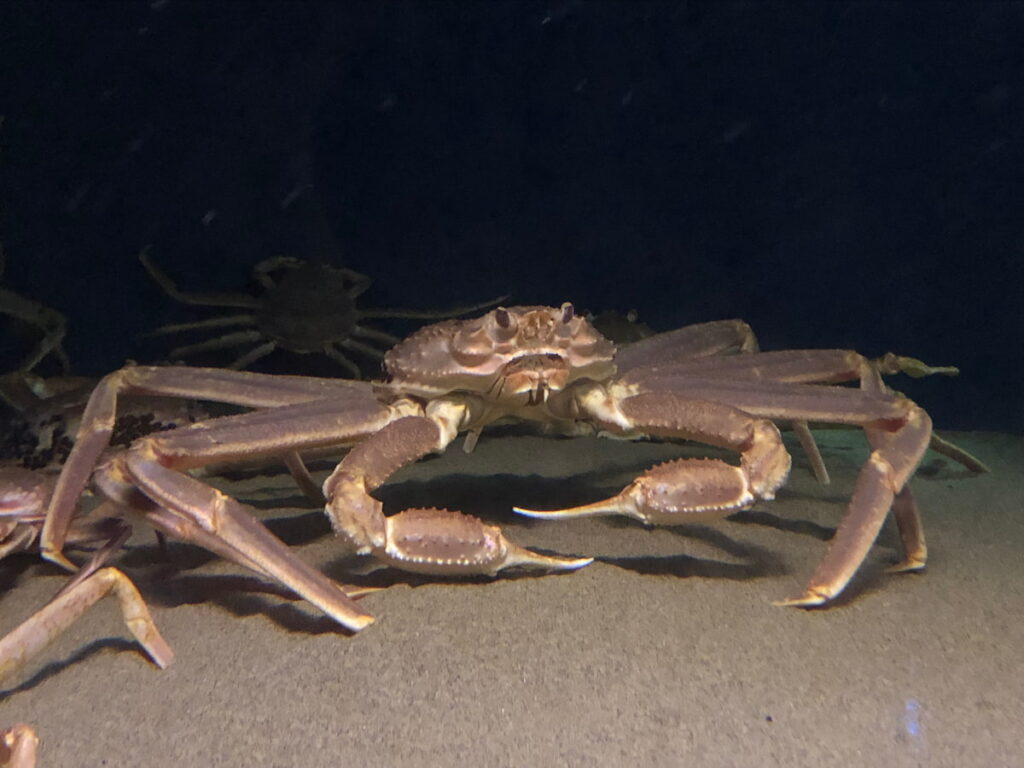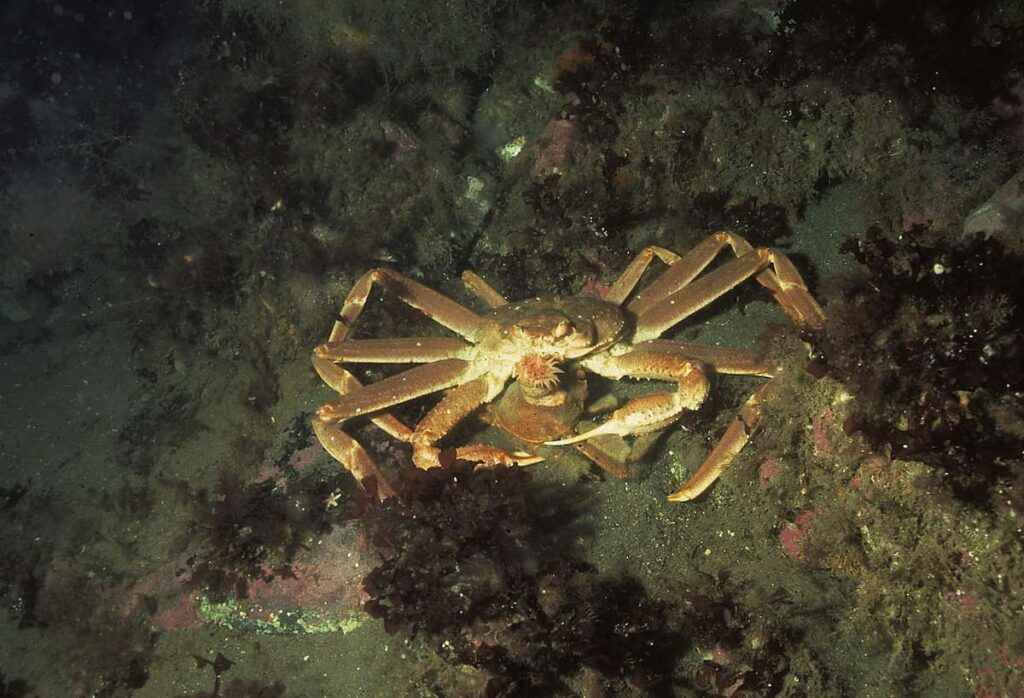The Bering Sea Snow Crab Collapse: A Climate-Driven Crisis
Exposing climate change’s impact on marine ecosystem and coastal communities

October is National Seafood Month, a time to celebrate the incredible diversity of ocean life and the hardworking communities that rely on the ocean for food, livelihoods, recreation and other benefits. At Ocean Conservancy, we are dedicated to protecting these marine ecosystems and supporting the sustainable fisheries that rely on them. However, this year, we must also recognize the severe challenges facing one of Alaska’s most iconic and most valuable fisheries: Bering Sea snow crab. In 2022, for the first time in history, this fishery was closed due to a sudden, dramatic decline in the abundance of adult and juvenile crabs. While it was recently announced that the fishery will be reopened for the upcoming season—a welcome relief for the fishers and communities hit hard by the closures—this remains a climate-vulnerable stock. The reopening brings hope, but the collapse serves as a stark reminder of the ongoing threats climate change poses to marine ecosystems.
Get Ocean Updates in Your Inbox
Sign up with your email and never miss an update.
What happened to the crabs?
The collapse of the Bering Sea snow crab population was swift and devastating. Following the 2018-2019 marine heatwave, nearly 47 billion crabs (yes, that’s 47 billion) disappeared from the region by 2021, representing population declines in excess of 90%. This event represents a catastrophic loss of marine life due to climate change, resulting in profound consequences for communities and marine systems in Alaska. Especially impacted is the island of St. Paul, home to the world’s largest crab processing plant. This mostly Indigenous community is highly dependent on the snow crab fishery and declared a cultural, economic and social emergency in the wake of the plant’s closure. In some cases, town officials turned to external fundraising to maintain critical municipal functions such as emergency medical services.

Understanding the mortality event
Research from NOAA Fisheries links the snow crab fishery collapse to a marine heatwave that struck the Bering Sea between 2018 and 2019. Temperature rise and associated ecological changes emerged as the key culprits. While snow crabs could tolerate the warmer waters caused by the heatwave, warmer temperatures meant higher metabolisms, requiring them to consume nearly twice as much food to meet the increased metabolic demands. At the same time, those warmer waters meant both less suitable habitats and reduced prey availability—this pushed the crabs into smaller, more densely populated areas. The combination of higher caloric demands and increased competition for limited resources led to mass starvation, which scientists have determined was the immediate cause of snow crab deaths. Bycatch and habitat impacts from the trawl fleet (which uses large trawl nets to fish on the bottom of the ocean for groundfish) are also contributing factors, and continued harvest of crab by the trawl fleet when the directed fishery is closed impedes recovery.
Borealization: an ongoing ecological shift
The changing environmental conditions and subsequent collapse of the snow crab fishery are indicative of a larger ecosystem trend known as borealization: an ecological shift poleward from Arctic to sub-Arctic—or boreal—conditions, in this case driven by anthropogenic climate change. The southeastern Bering Sea is what’s known as a marginal ice zone, meaning its ecology is deeply influenced by the presence or absence of winter sea ice. As sea ice continues to retreat due to rising temperatures from climate change, the region is shifting toward conditions more characteristic of boreal (sub-Arctic rather than Arctic) ocean ecosystems. A recent study showed that, compared to the pre-industrial era, this change to boreal conditions is more than 200 times more likely to occur now, highlighting the profound impact of climate change on these kinds of marine ecosystems.
The implications of borealization are significant for the future of marine life and resources, as evidenced by what’s happened to the snow crab fishery. With studies anticipating a future with more boreal-condition years in the Bering Sea region, the traditional grounds of this fishery may continue to shift northward. As other fish stocks move northward there is pressure from industrial fishing fleets to move north with the fish, bringing devastating impacts from bycatch, habitat destruction and disruption to predator/prey relationships. In Alaska this is particularly harmful to Alaska Native Tribes whose lives and cultures are deeply connected to a healthy ocean ecosystem.
The path forward: adaptation and resilience
A 2022 bottom-trawl survey revealed some encouraging signs for the short-term recovery in the abundance of snow crab, namely lower seafloor temperatures and a higher population of juvenile crabs. This optimism is further reinforced by the announcement that the fishery will reopen for the 2024/25 season. While this news is heartening for fishing communities, NOAA Fisheries anticipates that Arctic conditions in the southeastern Bering Sea will not persist, suggesting a double-edged sword of short-term recovery and long-term uncertainty. And to date, NOAA Fisheries and the North Pacific Fishery Management Council have not taken any steps to reduce impacts on snow crab from the trawl fleet. This reality emphasizes the need for adaptive management that can secure the future of snow crab—and other marine resources—for future generations of fishing communities, subsistence users and consumers.

Particularly, the snow crab collapse underscores the need for adaptive management strategies that account for rapid ecological changes. Traditional management models, which rely on the assumption that the future will roughly resemble the past, are increasingly unreliable in a world where climate change is driving major paradigmatic shifts across ecosystems. Instead, forward-looking scientists and managers are advocating for a more integrated and climate-ready approach that takes into account the interconnectedness of species and their habitats and for climate change. For example, the borealization index developed for the snow crab study combined several ecological indicators (including ice cover and temperature) to track the ecosystem’s transition from Arctic to boreal conditions. This kind of study could provide a template for determining the impacts of ecosystem changes on other commercially important species, a critical input for management considerations.
The collapse of the Bering Sea snow crab population is a stark reminder of the urgent need to adapt quickly and secure the future of our seafood. For fishing communities in Alaska, the closure of the snow crab fishery has been a devastating blow, but it is also a wake-up call for policymakers and managers. As we observe National Seafood Month, let us not only celebrate what the ocean provides but commit ourselves to protecting it. That means that NOAA Fisheries must continue to rebuild fisheries and provide better tools to help managers and fishers adapt to increasing climate impacts. At Ocean Conservancy, we are actively working with NOAA and other managers, scientists and communities to develop those adaptive strategies for sustainable management. By advocating for evidence-based policies and supporting conservation efforts, we are striving to protect marine biodiversity and the livelihoods of those who depend on a healthy ocean. Please consider donating to Ocean Conservancy to make a difference today.